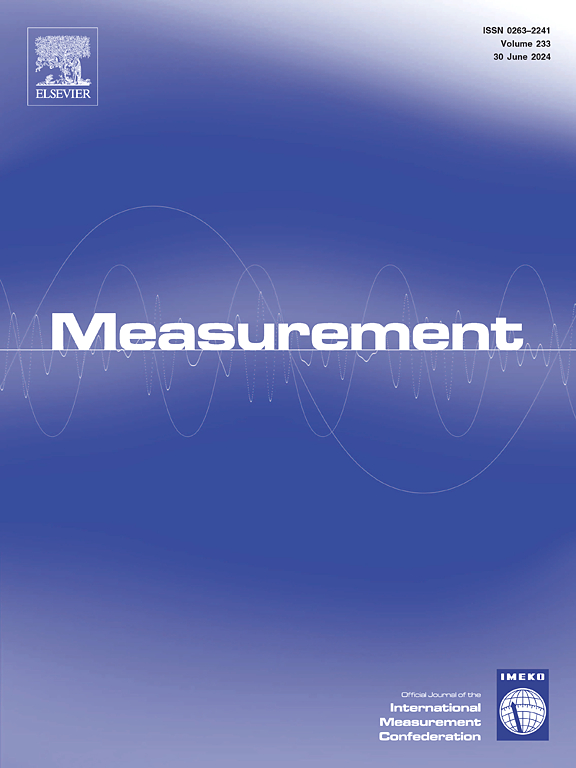Machine learning driven 3D point cloud displacement reconstruction and structural safety evaluation of retaining structures
IF 5.6
2区 工程技术
Q1 ENGINEERING, MULTIDISCIPLINARY
引用次数: 0
Abstract
Image-based 3D reconstruction algorithms make it possible to obtain 3D point clouds of retaining structures across different time periods. These point clouds can be used to efficiently derive the full-field displacement of the structures. However, due to environmental influences and limitations in algorithmic accuracy, the generated point clouds may contain a high density of outliers within the full-field displacement data.
To address the issues of outliers and inaccuracies in displacement measurements, this study employs the Improved-PatchmatchNet algorithm, the Improved-ICP algorithm, and the M3C2 algorithm to obtain full-field displacement. Subsequently, machine learning methods are applied to reconstruct point cloud displacement and correct the full-field displacement. Through algorithm improvement and a series of experiments, Support Vector Regression (SVR) is considered the most suitable method for reconstructing displacement data from 3D point clouds. In addition, extensive experiments were conducted to investigate the impact of different kernel functions and parameter settings on displacement accuracy after data reconstruction. The proposed method was validated using a PBGM based evaluation framework, and the results show that the error was less than 1 cm, with an average error of less than 3.27 %. In the field tests, long-term displacement monitoring conducted over 29 months successfully captured structural displacements caused by tunnel shield construction and seismic events. Finally, the safety and reliability of post-earthquake retaining structures were assessed using engineering experience method and PDEM method, revealing that the safety level of the structures is classified as level 1, with a reliability greater than 0.9663, consistent with post-earthquake survey results.
机器学习驱动的三维点云位移重建及支护结构安全性评价
基于图像的三维重建算法可以获得不同时间段的支护结构三维点云。利用这些点云可以有效地推导出结构的全场位移。然而,由于环境影响和算法精度的限制,生成的点云可能在全场位移数据中包含高密度的异常值。为了解决位移测量中的异常值和不准确问题,本研究采用Improved-PatchmatchNet算法、Improved-ICP算法和M3C2算法获得全场位移。随后,应用机器学习方法重建点云位移并校正全场位移。通过算法改进和一系列实验,支持向量回归(SVR)被认为是最适合三维点云位移数据重建的方法。此外,我们还进行了大量的实验,研究了不同核函数和参数设置对数据重建后位移精度的影响。利用基于PBGM的评价框架对该方法进行了验证,结果表明,该方法的误差小于1 cm,平均误差小于3.27%。在现场试验中,进行了超过29个月的长期位移监测,成功捕获了隧道盾构施工和地震事件造成的结构位移。最后,采用工程经验法和PDEM法对地震后挡土结构进行安全可靠度评价,结果表明该结构安全等级为1级,可靠度大于0.9663,与地震后实测结果一致。
本文章由计算机程序翻译,如有差异,请以英文原文为准。
求助全文
约1分钟内获得全文
求助全文
来源期刊

Measurement
工程技术-工程:综合
CiteScore
10.20
自引率
12.50%
发文量
1589
审稿时长
12.1 months
期刊介绍:
Contributions are invited on novel achievements in all fields of measurement and instrumentation science and technology. Authors are encouraged to submit novel material, whose ultimate goal is an advancement in the state of the art of: measurement and metrology fundamentals, sensors, measurement instruments, measurement and estimation techniques, measurement data processing and fusion algorithms, evaluation procedures and methodologies for plants and industrial processes, performance analysis of systems, processes and algorithms, mathematical models for measurement-oriented purposes, distributed measurement systems in a connected world.
 求助内容:
求助内容: 应助结果提醒方式:
应助结果提醒方式:


